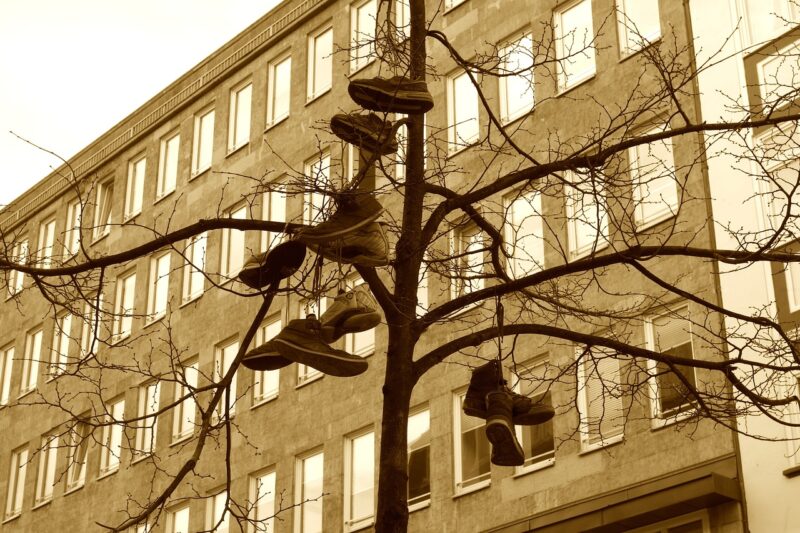
The world is rich in diversity, not only in nations and cultures but within subcultures that thrive in the shadows of mainstream society. These eclectic groups often challenge norms and express their identities in fascinating and unconventional ways. From forgotten tribes to modern digital communities, the strangest subcultures you never knew existed offer a glimpse into the limitless creativity and resilience of human beings.
1. The Furry Fandom: Where Fur Meets Fantasy
The Furry community comprises individuals who are fans of anthropomorphic animals—characters with human-like traits. Furries often create their own animal avatars or ‘fursonas’, attending conventions like Anthrocon dressed in elaborately crafted costumes. This niche fandom promotes camaraderie and self-expression, allowing members to escape into a fantastical world full of imagination and creativity.
The Furry fandom became widely recognized in the 1990s, drawing enthusiasts from various backgrounds including artists, writers, and gamers. While some might view the community as peculiar, its members cherish the strong friendships and support networks created through shared interests.
2. The Trekkies: More Than Just Fans of Star Trek
Star Trek revolutionized science fiction not only through its innovative storytelling but also by inspiring an entire subculture known as Trekkies. This passionate segment of fans goes beyond mere viewership, actively participating in conventions, cosplay, and fan fiction creation. Trekkies advocate for the message of unity, diversity, and exploration portrayed in the series.
The subculture has an extraordinary ability to foster discussions centered around ethics, technology, and future societies as envisioned by the creators of Star Trek. From celebrating annual ‘First Contact Day’ to organizing educational initiatives, Trekkies are devoted to keeping the spirit of exploration alive.
3. The Steampunk Movement: Past Meets Future
Steampunk is a subculture that reimagines a world where steam power has remained the primary source of energy instead of electricity. With its roots in Victorian literature, the steampunk community creatively blends history with futuristic technology, resulting in a unique aesthetic that combines the elegance of the past with modern elements.
Participants often dress in period-inspired clothing with a mechanical twist, sporting goggles, gears, and elaborate accessories. Steampunk itself has significantly influenced literature, art, and even fashion, creating a canvas where creativity knows no bounds. Not just a form of dress or art, it’s a lifestyle choice resonating with innovation, craftsmanship, and imagination.
4. The Planking Phenomenon: Art or Absurdity?
Originating from Australia, Planking is an absurd practice in which individuals pose face down and horizontally on odd or unusual surfaces, often capturing images to share on social media platforms. Though it appears humorous and harmless, planking has led to the rise of spontaneous community involvement, inspiring countless ‘plankers’ around the globe.
While the trend sparked both laughter and debate about boundaries of public behavior, it ultimately reflects the strange yet profound human desire for connection—participants seek to share unique experiences and perspectives, even at the cost of absurdity.
5. The “Eternal” Subculture: Living for the Afterlife
Against the backdrop of modern society, a fascinating yet lesser-known subculture revolves around the belief in living out life in preparation for the afterlife. Common among certain religious communities, members often express their desires for transcendence through various practices, from rigorous self-discipline to elaborate funeral planning.
Though their views might appear unconventional to outsiders, followers often find solace in their beliefs, fostering a unique bond among community members as they navigate their life journeys together. This subculture challenges the notion of standard lifestyles and invites deeper introspection into life, death, and what lies beyond.
6. The Cosplay Community: Masters of Transformation
Cosplay, a contraction of “costume play,” is more than just dressing up as a favorite character; it’s an art form. The community embraces creative expression through costumes, performances, and conventions. Participants invest countless hours creating elaborate outfits that embody characters from video games, movies, anime, and comics.
However, cosplay is not confined to the visual—it’s also a social phenomenon that encourages collaboration, creativity, and inclusivity among those who share similar interests. Through conventions and online platforms, cosplayers celebrate their love for fiction while forming vibrant spaces of acceptance.
Conclusion: The Beauty of Diversity
The world’s strangest subcultures remind us of humanity’s endless capacity for creativity and connection. These communities, though uncommon, are a testament to individuals’ desires to express their identities freely, cultivate friendships, and explore life through imaginative lenses. Understanding these unique subcultures not only enriches our knowledge but fosters acceptance of diverse lifestyles and beliefs.
No matter how strange or unfamiliar these groups may seem, they reflect the beauty of human expression—an essential thread in the vibrant tapestry of our world. Embracing this diversity helps us appreciate the varied ways that individuals carve their paths and find belonging in a constantly evolving society.







